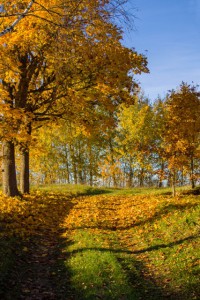Monday, 4.11.2013
We have squeezed out (agreed on) 15 minutes of additional sleep from Agnese. The news arrive that a Russian eclipse observer has outpaced all. He had gone 50km in the direction of Sudan and seen the full eclipse phase. We are a little bit envious. Many enthusiasts have arrived for the solar eclipse. We meet a traditionally obese American lady from Dakota. A meter thick layer of snow has fallen in Dakota. Here in Lodwar though, the temperature is 35 degrees Celsium.
After breakfast the first activity is restocking of food. We are looking for a shopping center with a sweet name of Kilimanjaro supermarket. Moving through the bumpy streets of Lodwar we find a humble one-storey building with this vibrant title. Having bought the products we head out. In the streets of Lodwar one can see both modern people dressed in jeans and ones dressed in the traditional tribal costumes. Colorful ethnic palette.
Past the window a semi-desert with few trees is sliding. It seems a person can not live here. But suddenly, in this abstract environment appears a figure, dressed in a cloak, thin legs with a stick and seat under his arm, going somewhere in a direction known only by him. The existence of humans is shown by goat herds. Goats are the main means of living for the people here. They give milk, blood and sometimes meat. How many goats are needed for a family to survive, remains a mystery. The number of goats is a measure of a family’s wealth. Ilgonis reads pieces from the Kulik’s books on Kenya. How to control a donkey. To stop the donkey it should be pulled by the tail, to accelerate should be hit under the tail with prickles. But what are the camels doing here? I did not see that anyone using them. Maybe they are wild?
The people living in this desert earn some money by gathering stones for building and burning charcoal for grill and selling them to city dwellers. For the most part, these desert people live in small huts of branches. In places here called cities, probably the government, builds more serious houses with tin roofs. Will these desert people feel good in those?
One stretch of road is considered to be dangerous. So a guard with a machine gun joins our company for 2000 shillings again.
Our driver has become quite energetic. The car runs jumping on the scary road potholes. Once in the end, we see our suitcases hanging in twines. A little more and they would have been lost. We have come to the accommodation unusually early. Marich pass field studies centre. We have decided for comfort and are renting double rooms. Since there is plenty of time until the darkness we are going on an excursion. We are accompanied by great horde of children and are giving them souvenirs – pencils. The local village. House size around 6 square meters. Arrangement is poor, without a chimney. Only the small children are sleeping with their parents. Big kids get their own house built. We are talking about the local weddings, beer from sausage tree fruits, poligyny (several wives).
Past our accommodation a fast river is flowing. During the day we noticed women rinsing something in the river. This is gold apparently. We try out swimming in the river. The kids are very pleased that such a stout uncle as me goes swimming. River is shallow and the water is rapid. A very refreshing feeling. A beautiful sunset on the river. Dinner and then off to sleep in our beds.
